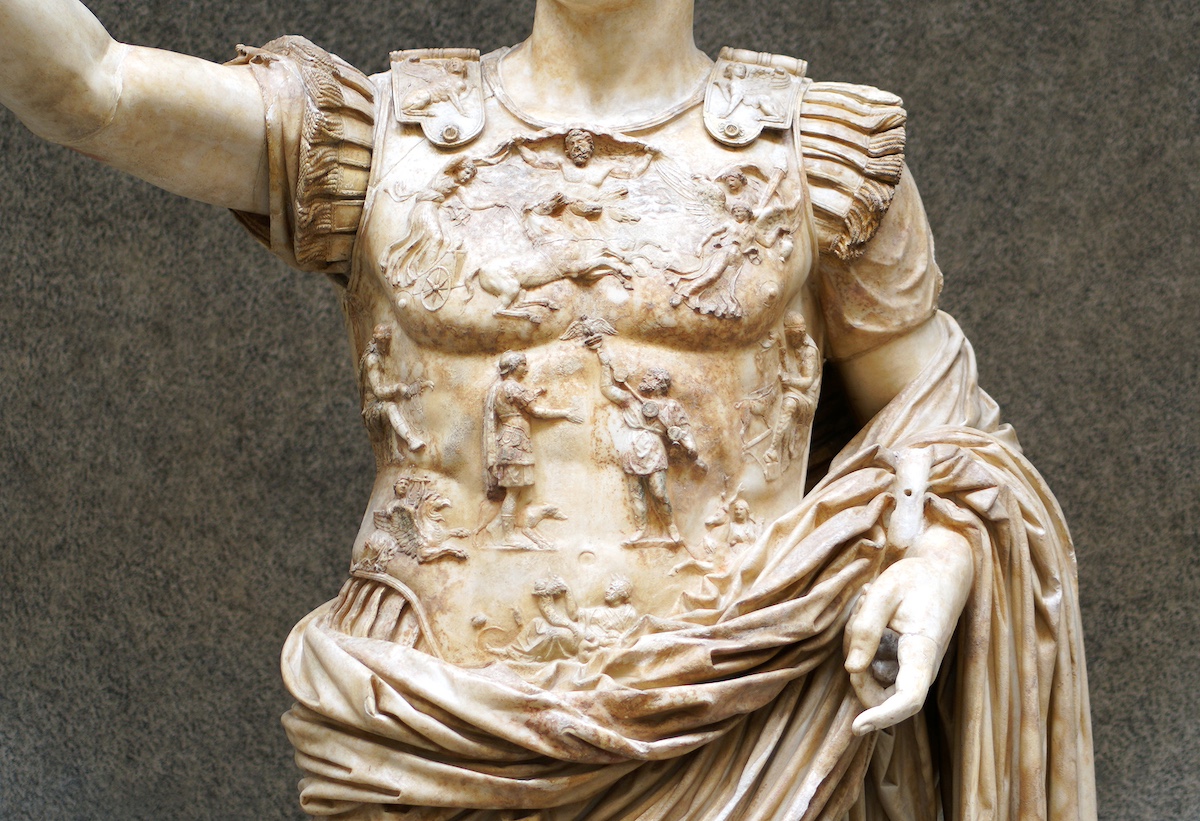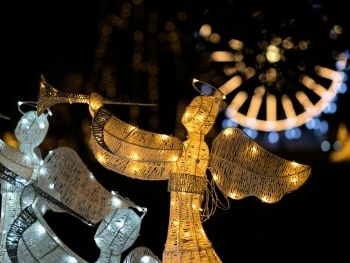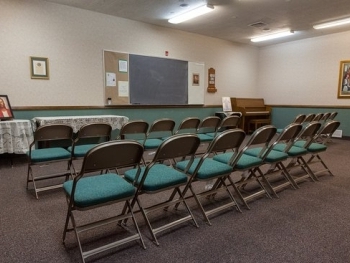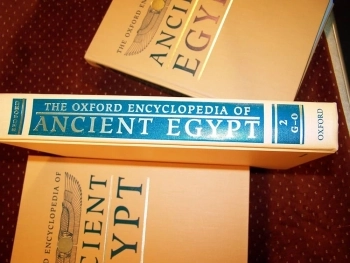The Augustus of Prima Porta is a renowned marble statue of the first Roman emperor, Augustus Caesar, which was discovered on April 20, 1863, in the villa of Augustus' wife, Livia Drusilla, in the town of Prima Porta, just outside Rome. This statue is considered one of the most iconic and significant surviving representations of Augustus from antiquity, offering valuable insights into the propaganda and imagery of the early Roman Empire.
The statue was found during excavations conducted by a team of archaeologists led by the Italian scholar and art historian, Rodolfo Lanciani. It was discovered in a subterranean chamber within the villa complex, buried beneath the remains of a collapsed wall. The discovery of the statue caused a sensation in the archaeological community, as it provided a rare and remarkably well-preserved example of Roman statuary from the Augustan period.
The Augustus of Prima Porta stands approximately 2.03 meters tall and depicts Augustus in the guise of a military commander, a common motif in Roman imperial propaganda. He is depicted in idealized form, with youthful features and a muscular physique, wearing a cuirass adorned with intricate relief decoration. In his outstretched right hand, Augustus holds a scepter, symbolizing his authority as ruler, while his left hand rests on a sheathed sword, evoking his role as defender of the empire.
The imagery and symbolism of the statue are rich with political and ideological significance. Augustus is portrayed as a triumphant leader, embodying the virtues of strength, wisdom, and divine favor. The cuirass bears scenes of military conquest and divine intervention, including the return of the Parthian standards, a significant military victory for Augustus.
The discovery of the Augustus of Prima Porta provided valuable insights into the propaganda and visual culture of the Augustan period. The statue served as a powerful tool for promoting Augustus' authority and legitimacy as the first emperor of Rome. Its location within the villa of Livia Drusilla, Augustus' wife, suggests that it may have been commissioned by Livia herself or by members of the imperial court as a tribute to Augustus' achievements and leadership.
Following its discovery, the Augustus of Prima Porta was carefully restored and eventually moved to the Vatican Museums in Rome, where it remains on display today. It continues to fascinate scholars, art historians, and visitors alike, offering a tangible connection to the world of ancient Rome and the enduring legacy of Augustus Caesar, the founder of the Roman Empire.




